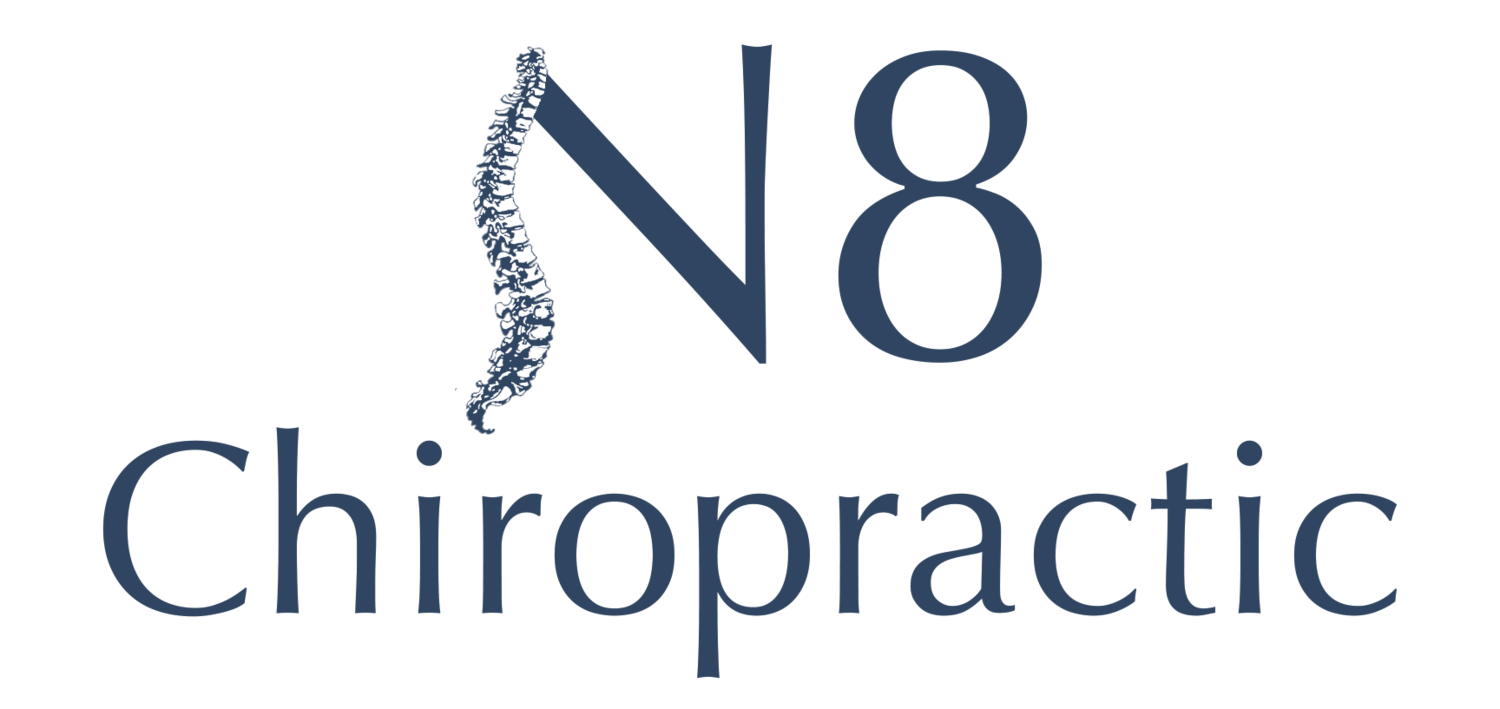
All About Headache: Your Basic Guide
January 6, 2023
What Happens if an Auto Accident is Your Fault?
February 10, 2023The neck supports the head and houses a portion of some of the vital parts of the body, such as the trachea, esophagus, and spinal cord. Pain around the neck can be debilitating and can cause difficulties in performing usual tasks.
The Most Common Types of Neck Pain Are Listed Below:
1. Muscle pain.
Muscle pain can happen because of tightness in the muscles due to stress and pressure. If the neck is pulled for a long time or when you sleep in an awkward position, muscles around the neck become strained therefore producing pain.
2. Muscle spasm.
Muscle spasm or muscle cramps happens when the muscles contract involuntarily, which results in mild, moderate, or severe pain depending on the strength of the contraction. The exact cause of muscle spasms is unknown, but it is linked to not stretching enough, muscle fatigue, dehydration, stress, involuntary nerve discharges, and depletion of electrolytes.
3. Headache.
Some headaches can cause neck pain, such as tension headache, where a person experiences severe and non-throbbing pain which happens due to the tension in the muscles of the scalp and neck from stress or emotions.
4. Facet joint pain.
Facet joint pain is often a deep, sharp, or aching pain in the neck. The pain can get worse when leaning to one side. It can also radiate through other parts if arthritis affects this area. This type of joint pain will make the person more uncomfortable at night and after periods without movement.
5. Nerve pain.
The nerves go through the spinal column to the rest of the body. If they become irritated or pinched, the person may experience shooting pains down one arm into the hand. Changes in sensation are also apparent when a nerve is compressed.
6. Referred pain.
Referred pain is a condition in which a person feels pain in a location that is not where the injury occurred. For example, if you have a kidney infection, you may experience referred pain in your lower back. Referred pain can be caused by many things, including injuries, diseases, and nerve problems.
7. Bone pain.
Pain in the neck can come from either the bones or soft tissues. Pain felt within the bones can be a result of injury, mineral or calcium deficiency, bone infection, or bone cancer.
What Causes Neck Pain After Sleeping?
You may not always know what’s causing your neck pain after sleeping, but you’ll often find that it’s likely caused by one thing. Sleeping position and pillow choice can both be culprits for this common issue.
8 Tips to Prevent Having Pain In Your Neck
- Maintain supportive posture
- Change your sleep position
- Do some stretching
- Drink lots of fluids
- Create an ergonomic workplace
- Try New Pillow
- Limit how long you look at a mobile phone
- Don’t drive for so long. Take breaks in between
When Will the Pain Go Away?
Neck pain is common but usually not serious. You should feel relief within two weeks, and full recovery can take 4-6 weeks depending on the severity of your injury; as you get back into daily activities, it’ll be important to gradually increase your activity level to prevent the recurrence of the pain.
Neck Pain Stretches & Exercises
- Chin to Chest Stretch
- Neck Tilt
- Neck stretch
You should continue exercising for at least 6-8 weeks after the injury has healed, even if your pain is gone. This will help to prevent future neck injuries and keep your neck muscles stretched and your neck joints mobile.
Wrapping Up
Neck pain is a huge reason for doctor visits. It affects people of all ages, but it’s especially prevalent in middle-aged adults.
The problem with neck pain is that there are so many different causes and types of neck pain out there. Just about every area in your neck can be affected by a variety of issues, from muscle tension to poor posture.
This article outlines seven types of neck pain and how you can prevent them, so you don’t have to worry about suffering through any unnecessary discomfort. Learn how to identify your risk factors for developing neck pain so you can take steps now to prevent it from occurring.
If you are experiencing neck pain, contact us today at N8 Family Chiropractic and schedule an appointment for treatment and relief.
Read next article
References:
https://www.spine-health.com/blog/10-tips-prevent-neck-pain
https://www.spineuniverse.com/conditions/neck-pain
https://www.healthline.com/health/neck-pain/waking-up-with-neck-pain#causes






